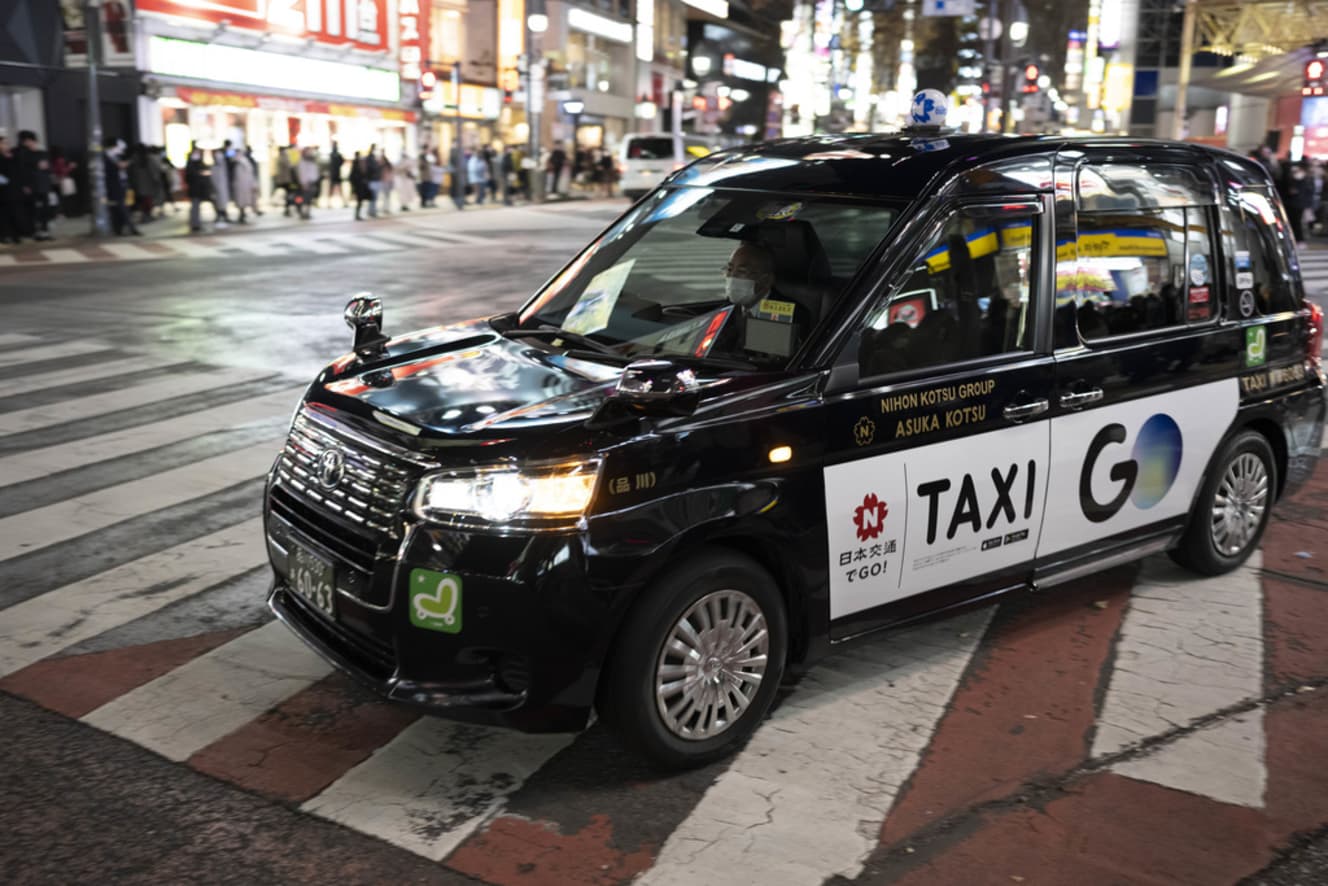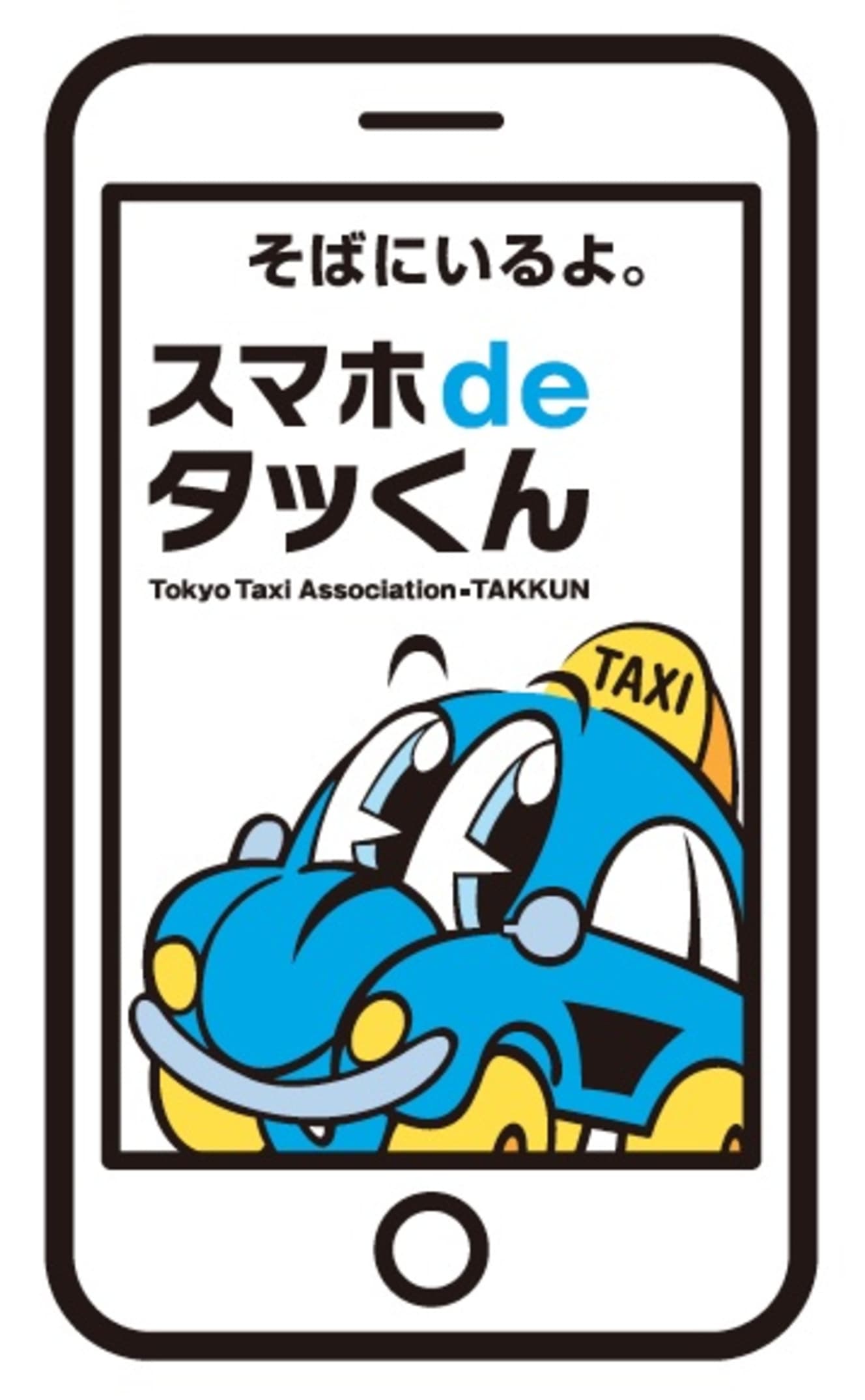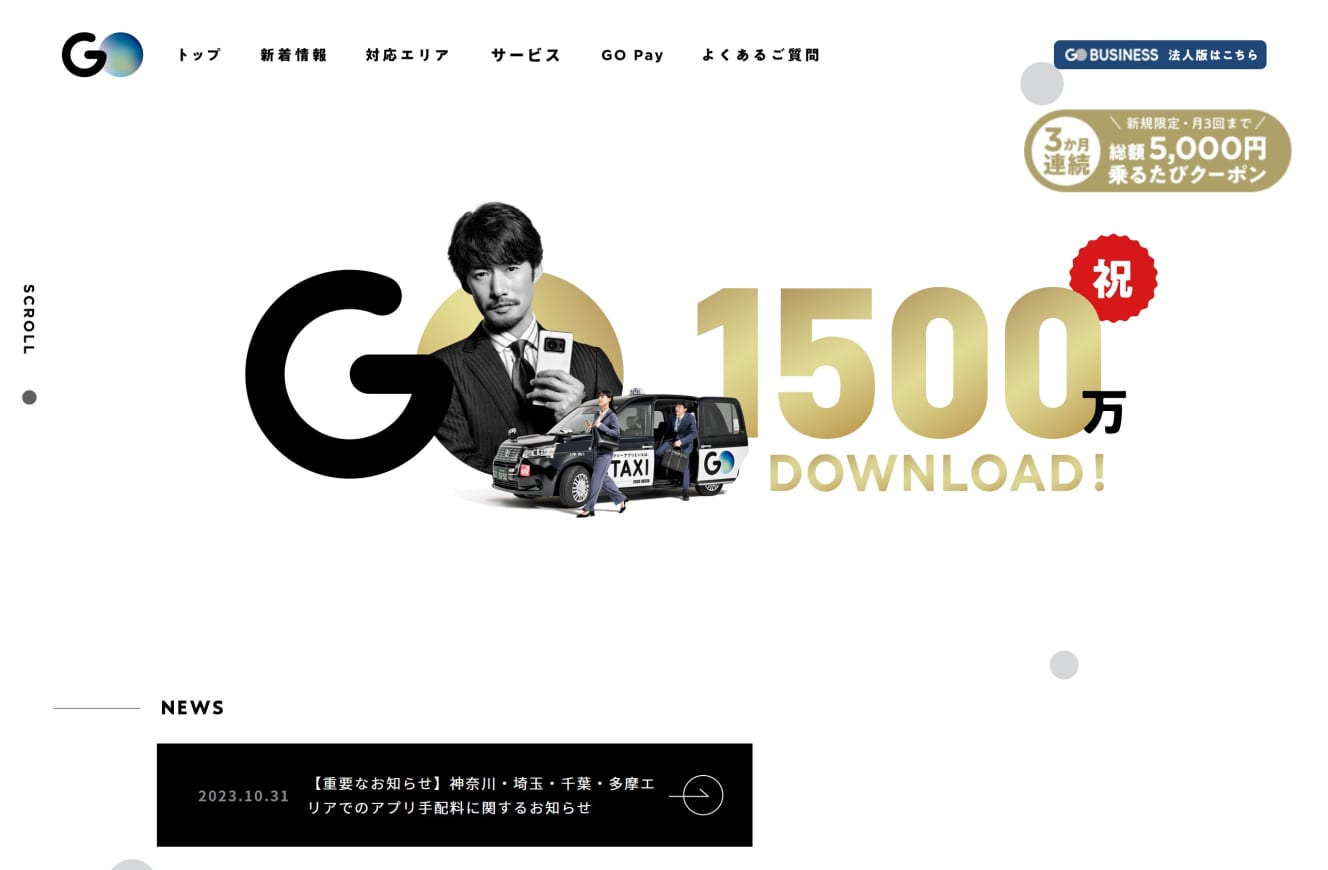Car Hailing App “GO” Charges Additional Fees for Service
Before you know it, all sorts of “fees” are being charged
The cab dispatch application “GO” seemed like a convenient system when it first appeared on the market, but before you know it, various “fees” are being charged.
A quick look reveals that the “pick-up fee” was changed for each cab operator in accordance with the November 14, 2022 fare revision for general passenger automobile transportation business, and an “app arrangement fee” was added at the same time, which is why it has not been talked about much.
The original “fare + pick-up fee of 420 yen” was changed to “fare + pick-up fee of 300 yen + application arrangement fee of 100 yen (varies by cab company and area),” which may have given users the impression that they were getting a better deal.
However, there is a “priority pass arrangement fee” (300-980 yen, not fixed) that is applied when there are no available cabs in the vicinity due to congestion or other reasons. A fee for specifying the crew and type of vehicle, a fee for specifying the conditions of vehicles equipped with air purifiers, and so on.
A certain IT firm explained that, “Basically, app development is done for free or at a loss at first, and once a certain amount of market share is gained, the development process shifts to a fee-based or charge-based approach.”

The commissions were not being passed on to the cab drivers
What is surprising, however, is that these commissions are not returned to the drivers.
One private cab operator in Tokyo confides the following complaint.
“When you actually take the priority dispatch (priority pass fee), it is common for the driver to be forced to drive 5 to 6 kilometers to get to a very remote location. And the GO app company takes all the money.”
Mr. Shoji Tokunaga, Deputy Central Executive Committee Chairman of the National Federation of Automobile Transport Workers’ Unions, also commented on the treatment of cab drivers.
“These commissions are the profits of the app companies and are not reflected in the sales of the cab companies or their drivers. I think this is a big problem.”
“If apps become an oligopoly, there is a possibility that in the future the fees charged by the app companies will grow in addition to the original public cab fare,” said Tokunaga.
A taxi-dispatch app is a “travel business”
To begin with, since cabs are public transportation, raising the fare itself requires permission from the Ministry of Land, Infrastructure, Transport and Tourism, but apps allow each company to decide the fare on its own, and to set its own rules for billing and other matters. Why is this?
“The reason is that apps such as GO are registered as a “travel agency”. For example, saying, ‘We will definitely find you a car, but we will charge you 980 yen more for it,’ is considered in the system as a travel business,” says Mr. Tokunaga.
This is a somewhat fishy story, but it seems to be related to the birth of the cab delivery app. Mr. Masatoshi Takashiro, general secretary of the Jiko Soren (Japan National Federation of Transport Workers’ Unions), says,
“In January 2014, the Tokyo Hire Taxi Association created a common taxi-dispatch application called “Smartphone de Takkun””
“This was a public cab dispatch service subsidized by the government in preparation for the Olympics, and it was a good thing that all cab operators were members and all people could use it. Japan Taxi,” he said.

Incidentally, GO is an app created through the merger of “JapanTaxi” (a Nippon Kotsu Holdings company)” and “MOV (DeNA),” with “JapanTaxi” changing its name to “Mobility Technologies,” and its chairman operating the GO app, Ichiro Kawanabe, chairman of Nippon Kotsu, also serves as chairman of the Tokyo and national hire cab associations.
Currently, GO, S.RIDE, DiDi, and Uber Taxi are the four main taxi-dispatch apps in Tokyo, with GO and S.RIDE being the two most popular.
“”S.RIDE” was created by cab operators who did not agree with GO, but asked Sony to develop the system and become a shareholder, but I hear that GO, the leading company, is still the sole winner. and TV commercials.”
“Incidentally, in the 23 wards of Tokyo, S.RIDE mainly charges 500 yen for pickup, while GO charges only 300 yen, with an “external” fee of 100 yen. The user learns of the fee when the card is debited, but the explanation is written within the app. That’s what this app is all about,” says Mr. Takagi.
It’s also causing a “cab shortage”
It’s not just the commission issue. In fact, Mr. Tokunaga points out that the “cab shortage” that has been widely reported in recent years is also a result of the widespread use of apps.
“In the days without apps, when a customer made a request, the cab company or radio group would call out over the radio and an “empty” vehicle would be dispatched.” After the introduction of the app, however, some app-only vehicles put out a ‘turn-by-turn’ board (pick-up board) and head out when they receive a request from the app.”
“However, there are some vehicles that are not app-only vehicles, but are “falsely” marked as “outbound” even though they are empty. This is why the cars running in the “roundabout” category are so conspicuous.”
“On the other hand, there are vehicles that specialize in app-dispatch, but accept general passengers. We thought this was a problem and approached the Ministry of Land, Infrastructure, Transport and Tourism (MLIT), but three to four months later, MLIT responded that there was no problem.”
“The initial response was that it was a problem and that they would look into the matter and provide guidance, but somewhere along the line, they changed their mind.”
Mr. Tokunaga provided us with a copy of the “Guide to the Rules for Operating Pickup Cars,” issued by Mobility Technologies on February 2, 2013.
The following wording is indeed included in the document.
- “The pick-up cars will be operated using only the app dispatch service and the operator’s radio (in principle, no dispatch of cars by the bus).”
- “Except for concerns about trouble, please operate the service with no dispatch.”
- “Operate only pick-up cars from 6:00 to 10:00 a.m. (no regular business during that time).”
- “When the dispatch is confirmed, please take down the pick-up board and put the meter into the pick-up car, and proceed to the pick-up point as usual.”
- “When the customer gets out of the car, please post the pick-up board again.”
Indeed, since the cab service is “no-rush in principle” and operates “with a pick-up car only” during busy commuting hours, it is no wonder that cabs cannot be found at stations or in town.

Poor manners on the part of users are also a problem
In addition, Mr. Tokunaga is puzzled by the behavior of users.
“There are people who don’t wait for a pickup to arrive, and when another cab arrives, they raise their hands and get in. And since they don’t cancel, they have to wait forever to be picked up, even if they went out of their way to pick them up from far away.”
“Frequent cab users want to get in a cab as soon as possible, so they may make a dispatch request on multiple apps and get in the one that arrives earlier. I’ve heard that some people just request a taxi dispatch for now and then cancel it when they see a cab in the flow. If you cancel the dispatch and get into a cab, you can get in without being charged for the pickup.”
Cab dispatch apps have too many disadvantages for drivers. It might be more efficient to stop using the app and wait at a station with a large number of passengers, as in the past. Mr. Tokunaga said with a sigh,
“It is true that there are still some taxi drivers who do not like to take the radio and work mainly at the station, and that is still viable. However, the cab companies that have introduced apps are costing money, so when a dispatch order comes in, they tell the driver to take it.”
“I think they are told to introduce it as part of the trend toward the digitalization of Japanese society as a whole, and they even tie it in with talk of ridesharing, and it makes people feel as if they have to use the app as a matter of national policy.”
Interview and text by: Wakako Takou
Born in 1973. After working for a publishing company and an advertising production company, became a freelance writer. In addition to interviewing actors for weekly and monthly magazines, she writes columns on dramas for various media. His main publications include "All Important Things Are Taught by Morning Drama" (Ota Publishing), "KinKi Kids Owanaki Michi" and "Hey! Say! JUMP 9 no Tobira ga Open Tokimono" (both published by Earl's Publishing).